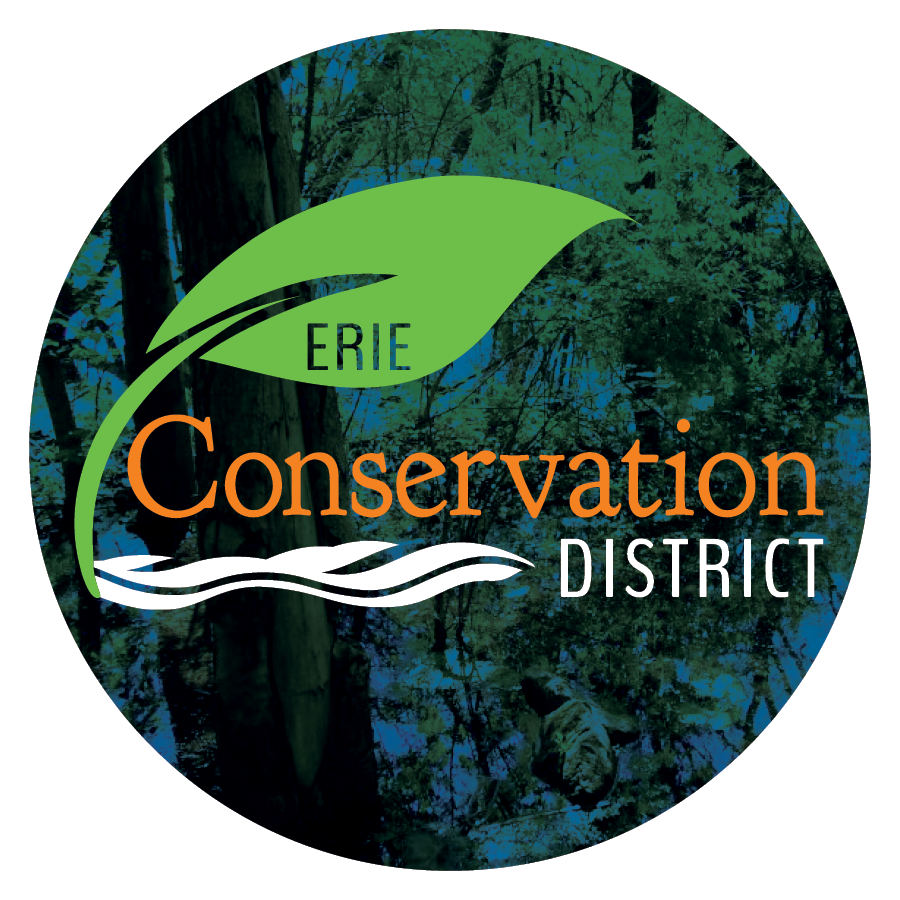With another deer hunting season now behind us, there is one issue that does still remain a growing concern amongst Ohio hunters and wildlife managers alike, namely Chronic Wasting Disease (CWD). This neurological disease affects members of the cervid family, including white-tailed deer, mule deer, elk, moose and caribou.
CWD is caused by naturally occurring proteins, referred to as prions that somehow become “misfolded”, creating holes in the brain tissue. CWD is always fatal to the animal and there is no known cure at this time.
Since 2002, nearly 44,000 of Ohio’s wild white-tailed deer statewide have been tested for CWD, with approximately 50 positive cases to date. Though the prevalence does appear low consider our deer population, ongoing surveillance will continue to happen. Most recently the newest positive case came from outside the current Disease Surveillance Area (DSA) zone, from an adult doe that was harvested by a hunter on the Delaware Wildlife Area, in Morrow County.
In the effort to try to minimize the spread of this disease, the ODNR Division of Wildlife has announced a landowner CWD management opportunity. Landowners who have property within the designated DSA (all townships within Hardin, Marion and Wyandot counties and select townships in Allen and Union counties) can apply for a Deer Damage Control Permit, allowing them to remove up to 10 antlerless deer from that property.
If you or someone you know may meet the qualifications, you are encouraged to help out with this effort. Also know that deer harvested may be donated to specified processors who participate in the Farmers and Hunters Feeding the Hungry (FHFH) program.
You can click view and download a copy of the letter below that went out to landowners within the targeted DSA. For any additional information, contact the Division of Wildlife District 2 office at 419-424-5000

